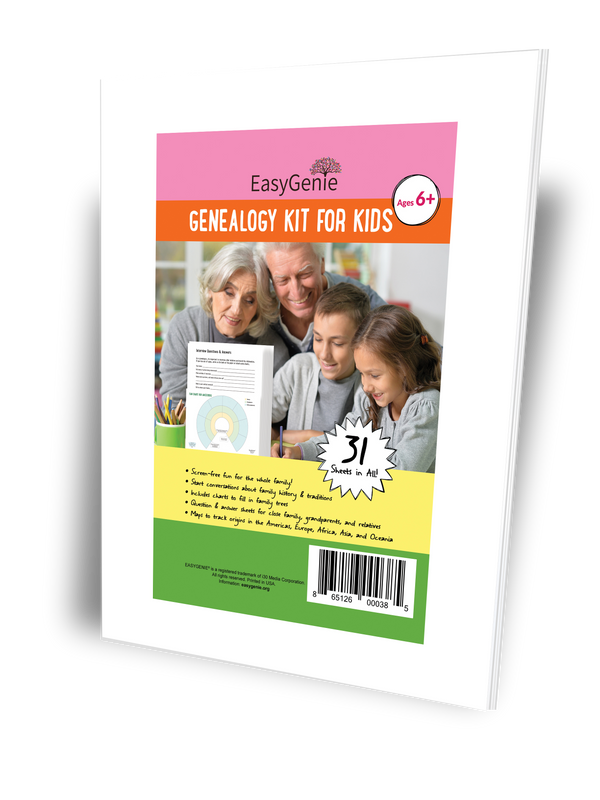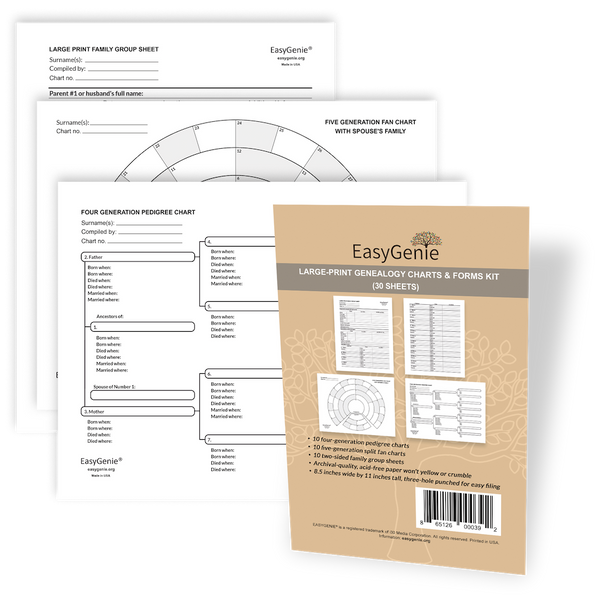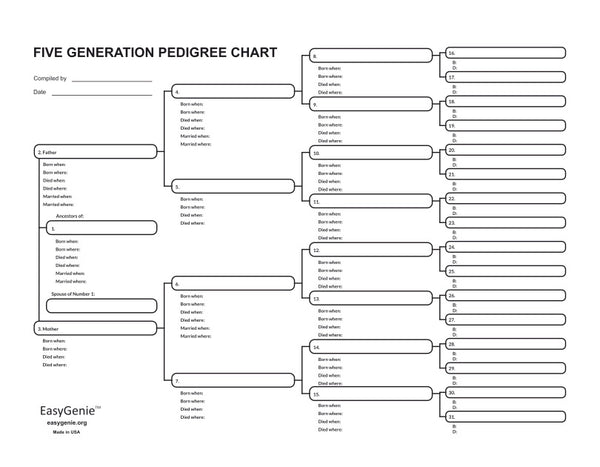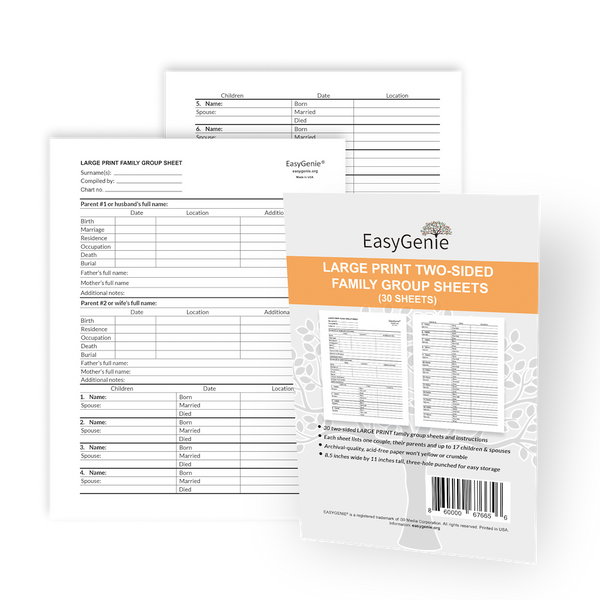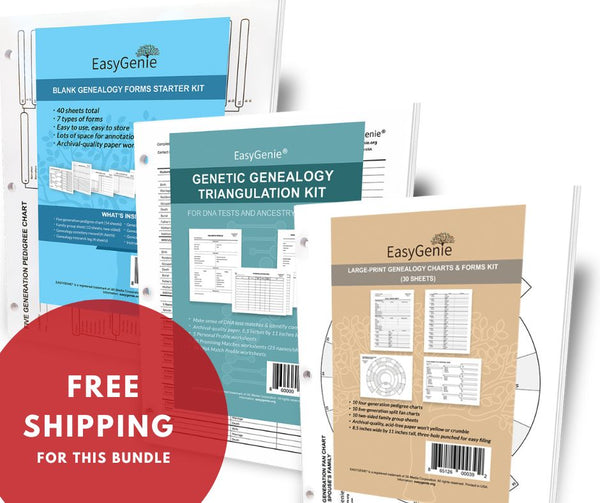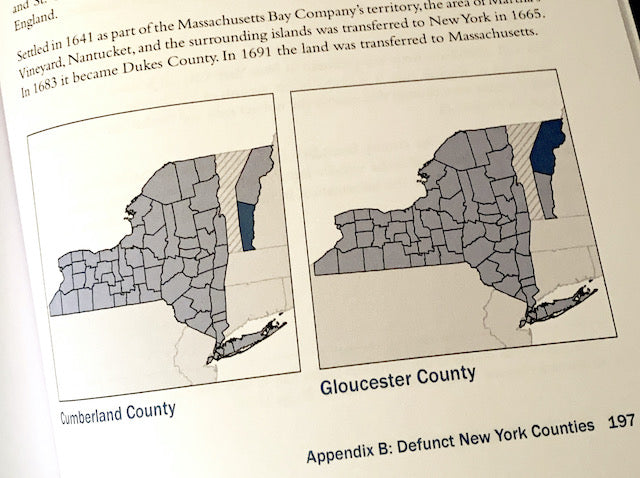
Why genealogists LOVE probate records, and how this book helped us understand them
Ian Lamont
Earlier this month, Ian bought a genealogy present for himself. The package arrived quickly from the New England Historical Genealogy Society bookstore. The genealogy books have already sparked some new ideas for where to focus research over the coming winter months.
We are big advocates of offline genealogy research, which can yield data, insights, and stories that will never be found online. At the top of the list: Interviewing living relatives, especially older family members who may know dates, personalities, and stories from generations long gone. Other offline sources include photos, letters, local historical societies and museums, and libraries.
One of the books published by NEHGS is New York State Probate Records: A Genealogist's Guide to Testate and Intestate Records, by Gordon L. Remington (NEHGS). Yes, it's a dry topic, but the core information about probate records is fascinating for anyone interested in New York genealogy or history.
Probate records are the wills, accounts, letters, petitions, minutes, and other documentation associated with "proving" a person's estate. The book explains how such records were organized for each county in New York over hundreds of years, what they may include, and why they are so valuable to genealogists.
Going back in time to the era before state-mandated vital records (1880s) or federal census records (1790), probate records may be the only source of information about a deceased ancestor and his or her heirs, including occupations, the nature of a particular relationship (son, daughter, in-law, cousin) and data points such as a person's age and place of residence.
Published in 2010, the sections in the book about online resources are out of date, but the county-by-county lists of available records by year and the historical indices provide a jumping off point for online research on the NEHGS website (which has extensive New York state records) and FamilySearch. In many cases, the probate packets for a particular case have not been digitized, but using this book and searchable databases, it's possible to determine the location of the microfilm or archive for an in-person visit in the future.
The book also gives insights into New York's colonial history under both the British and Dutch, and how both European powers handled probate. The image above shows a map of two "defunct" New York counties, Cumberland and Gloucester, which were later ceded to Vermont in the 1770s. It also revealed that Martha's Vineyard and Nantucket, two famous Massachusetts islands located south of Cape Cod, were part of New York for more than 25 years in the late 1600s. We had no idea!
Have you determined whether ancestors' estates were part of a local probate process? How did you locate the records, and what insights did they reveal?


